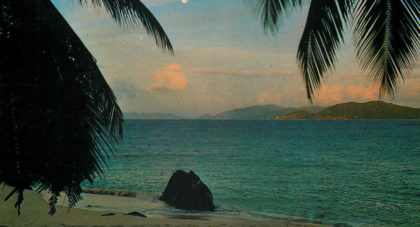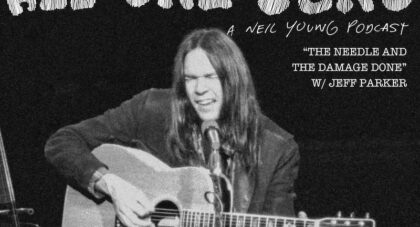Just as many of us were folding into our geo-domes for extended isolation in early March, a tweet floated across my transom that asked the reader to “Imagine a world where there were archives of live P-Funk and Fela recordings as extensive and well-curated as those devoted to the Grateful Dead.” To paraphrase a recent viral hit: it’s easy if you try. At least, the imagining is. Just pretend that they’re the Dead . . .
Only the good shit. Aquarium Drunkard is powered by its patrons. Keep the servers humming and help us continue doing it by pledging your support.
To continue reading, become a member or log in.


